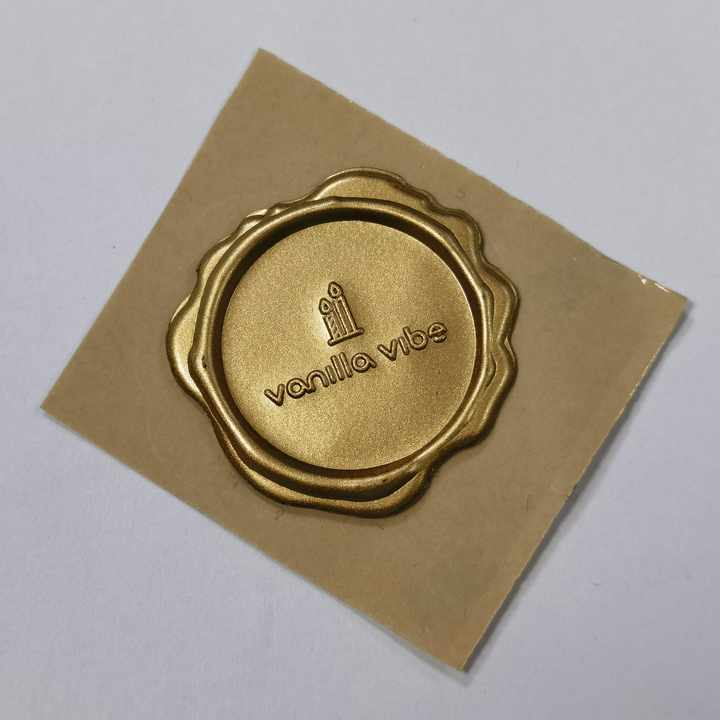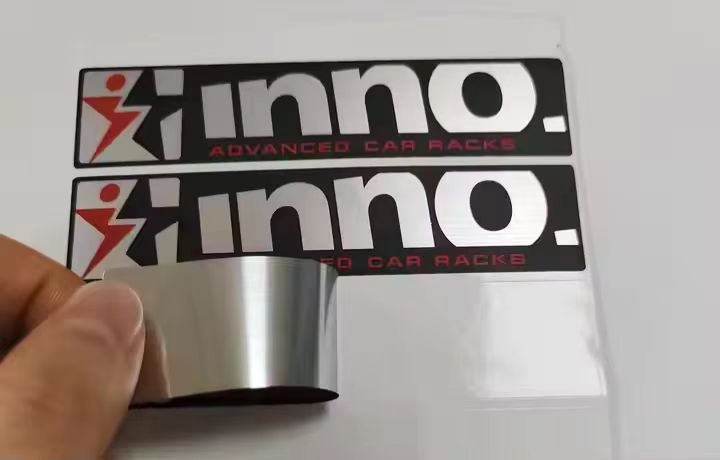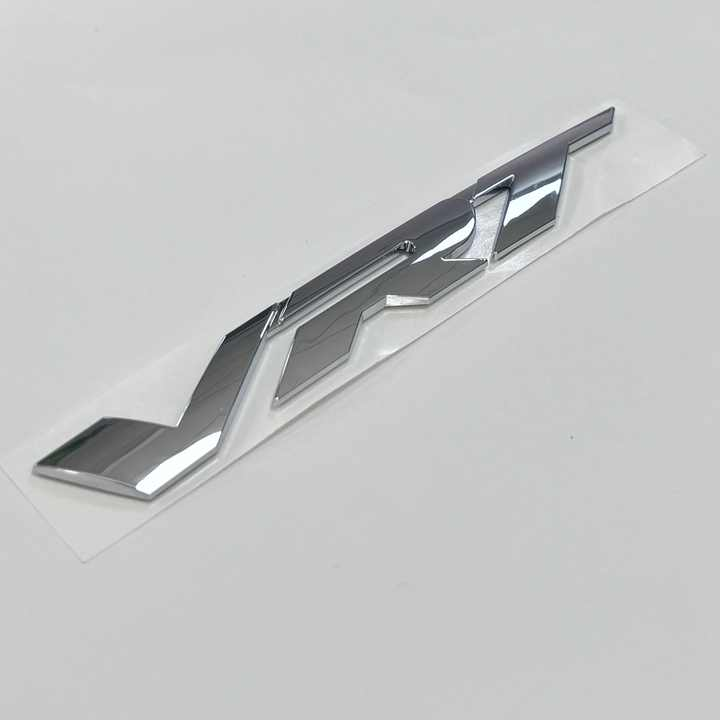In the world of product labeling, plastic labels have become a versatile and durable solution for a wide range of applications. These labels are essential for branding, product identification and compliance with regulatory requirements. The choice of materials and processes used in the production of plastic labels has a significant impact on their performance, aesthetics and longevity. This article takes a closer look at the main materials PET, PC, ABS and PP, as well as the various processes used in the production of plastic labels, including electroplating, screen printing, thermal transfer.
Polyethylene terephthalate (PET):
PET is one of the most widely used materials for plastic labels. Known for their excellent clarity, strength, and moisture resistance, PET labels are ideal for products that require high durability. They are often used in applications where the label is exposed to harsh environmental conditions, such as outdoor products or items that are frequently handled.
Polycarbonate (PC) :
PC is another material frequently used in the production of plastic labels. PC labels are known for their excellent impact resistance and thermal stability, making them particularly suitable for applications that require high durability. These labels can withstand extreme temperatures and are not prone to cracking or breaking under pressure. This makes them an excellent choice for industrial applications, automotive parts, and electronic devices.
Acrylonitrile Butadiene Styrene (ABS):
ABS is a thermoplastic polymer that combines strength, stiffness, and impact resistance. ABS labels are often used in applications that require a balance between durability and cost-effectiveness. They are often used in consumer products, toys, and household appliances. The versatility of ABS allows it to be printed using a variety of techniques, allowing manufacturers to produce labels that meet specific branding and functional requirements.
Polypropylene (PP):
PP is another popular plastic label material, especially in applications that require a lightweight and flexible solution. PP labels are resistant to moisture, chemicals, and UV rays, making them suitable for both indoor and outdoor use. They are often used in food packaging, personal care products, and household goods. PP labels can be printed with bright colors and intricate graphics, enhancing their visual appeal and making them an effective marketing tool.
Main processes:
Electroplating is a technique that deposits a layer of metal on the surface of plastic labels, enhancing their aesthetics and providing additional protection against wear and corrosion. The process is particularly beneficial for labels used in high-end products, where a high-end look is essential. Electroplated labels can be used in a variety of industries, including electronics, automotive, and luxury goods, where branding and presentation are important.
Screen printing is a widely used method for printing graphics and text onto plastic labels. The process involves pushing ink through a mesh screen onto the label surface, allowing for vibrant colors and intricate designs. Screen printing is particularly effective for producing large quantities of labels with consistent quality. It is commonly used for product labels, promotional materials, and signage.
Thermal transfer printing is another effective method for producing high-quality plastic labels. The process involves using heat and pressure to transfer ink from a carrier material to the label surface. Thermal transfer allows for detailed graphics and fine text to be applied to labels, making it ideal for intricate designs. This method is often used for clothing labels, promotional items, and specialty products. The durability of thermal transfer labels ensures that they retain their appearance even when exposed to a variety of environmental conditions over time.
In summary, the choice of materials and processes in the production of plastic labels is critical to their performance and effectiveness. PET, PC, ABS and PP each have unique properties that meet different application requirements, while processes such as electroplating, screen printing, thermal transfer provide manufacturers with the tools to produce high-quality, durable labels. As the industry continues to evolve, the demand for innovative label solutions will drive advances in materials and processes, ensuring that plastic labels remain an important part of product branding and identification.
Welcome to quote for your projects:
Email: haixinda2018@163.com
Whatsapp/phone/Wechat : +86 17875723709
Post time: Dec-25-2024













